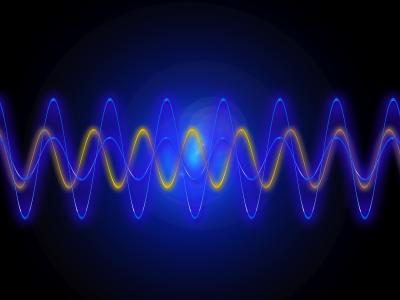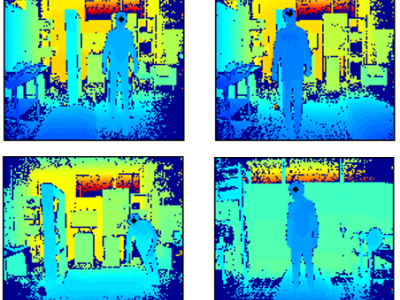Improving Impedance Measurement for Structural Health Monitoring by Setting the Appropriate Number of Excitation Signal Cycles

- Citation Author(s):
- Submitted by:
- Fabricio Baptista
- Last updated:
- DOI:
- 10.21227/gcsb-hq76
- Data Format:
- Research Article Link:
 102 views
102 views
- Categories:
- Keywords:
Abstract
Researchers have widely used commercial and alternative measurement systems in impedance-based structural health monitoring (SHM), where a piezoelectric transducer attached to the monitored structure is excited while its electrical impedance is measured. However, the literature lacks sufficient attention to the required number of cycles of the excitation signal, an issue frequently overlooked by researchers. Therefore, this study aims to investigate the impact of the number of excitation cycles on impedance measurements by utilizing both a theoretical approach based on the dynamic response of the monitored structure and an experimental approach which employs a measurement system based on a data acquisition (DAQ) device with variable excitation cycles. Four structures of different sizes and materials were analyzed, and the results show that the appropriate number of cycles for the impedance measurement to be optimized depends on the damping ratio of the monitored structure. Configuring the measurement system with the optimal number of cycles can notably enhance the measurement of resonance peaks related to the natural frequencies of the structure, thereby increasing the performance in detecting structural damage as well as the reproducibility of impedance measurements. Therefore, the results reported in this paper can be useful to researchers in configuring different impedance measurement systems to achieve improved performance in SHM applications.
Instructions:
Please read the README file.








